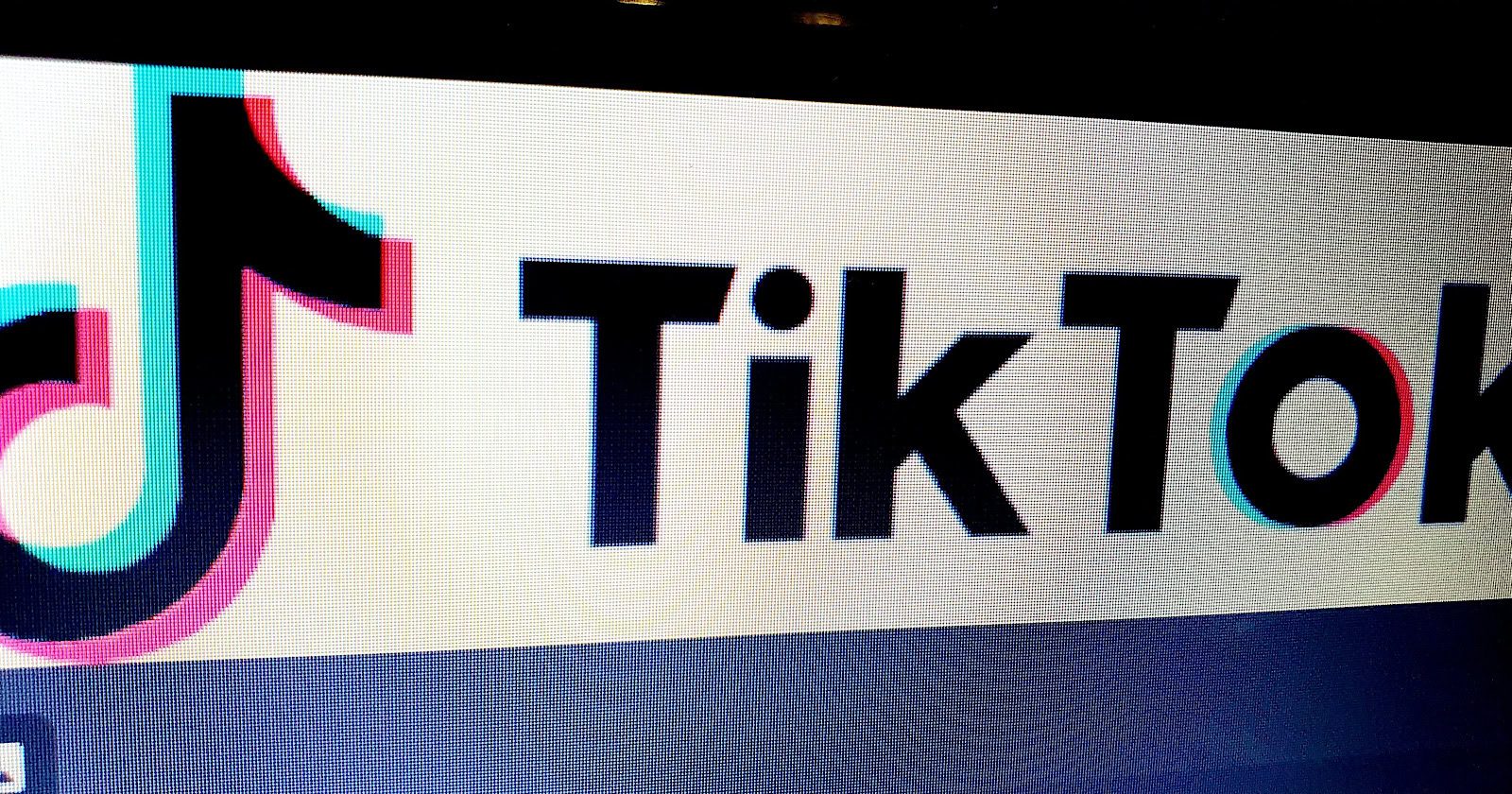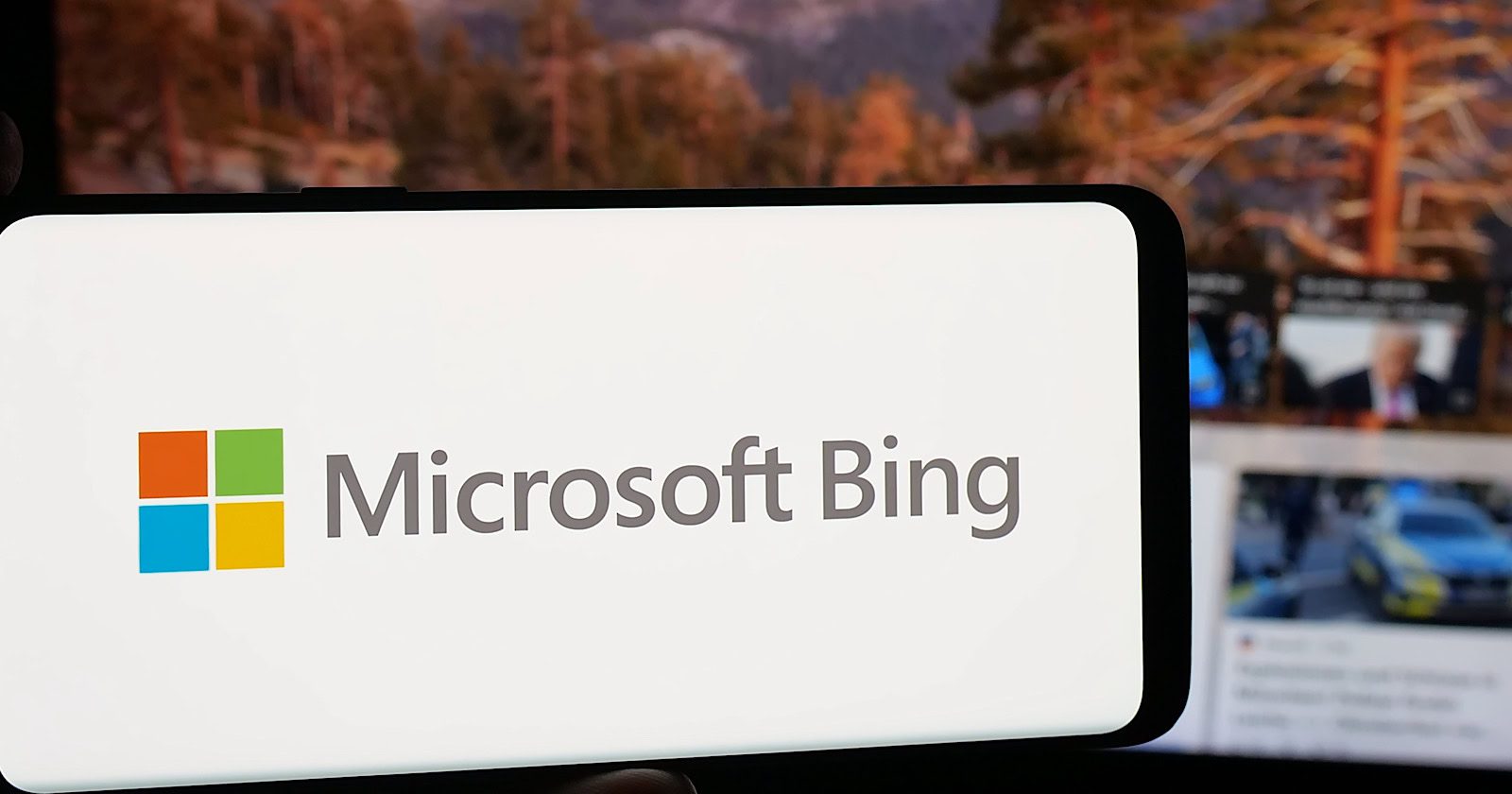Google’s Liz Reid, Vice President of Search, recently said that AI Overviews shows what kind of content makes people click through to visit a site. She also said that Google expanded the concept of spam to include content that does not bring the creator’s perspective and depth.
People’s Preferences Drives What Search Shows
Liz Reid affirmed that user behavior tells them what kinds of content people want to see, like short-form videos and so on. That behavior causes Google to want to show that to them and that the system itself will begin to learn and adjust to the kinds of content (forums, text, video, etc.) that they prefer.
She said:
“…we do have to respond to who users want to hear from, right? Like, we are in the business of both giving them high quality information, but information that they seek out. And so we have over time adjusted our ranking to surface more of this content in response to what we’ve heard from users.
…You see it from users, right? Like we do everything from user research to we run an experiment. And so you take feedback from what you hear, from research about what users want, you then test it out, and then you see how users actually act. And then based on how users act, the system then starts to learn and adjust as well.”
The important insight is that user preferences play an active role in shaping what appears in AI search results. Google’s ranking systems are designed to respond not just to quality but to the types of content users seek out and engage with. This means that shifts in user behavior related to content preferences directly influence what is surfaced. The system continuously adapts based on real-world feedback. The takeaway here is that SEOs and creators should actively gauge what kind of content users are engaging with and be ready to pivot in response to changes.
The conversation is building up toward where Reid says exactly what kinds of content engages users, based on the feedback they get through user behavior.
AI-Generated Is Not Always Spam
Liz next affirms that AI-generated content where she essentially confirms that the bar they’re using to decide what’s high and low quality is agnostic to whether the content is created by a human or an AI.
She said:
“Now, AI generated content doesn’t necessarily equal spam.
But oftentimes when people are referring to it, they’re referring to the spam version of it, right? Or the phrase AI slop, right? This content that feels extremely low value across, okay? And we really want to make an effort that that doesn’t surface.”
Her point is pretty clear that all content is judged by the same standard. So if content is judged to be low quality, it’s judged based on the merits of the content, not by the origin.
People Click On Rich Content
At this point in the interview Reid stops talking about low quality content and turns to discussing the kind of content that makes people click through to a website. She said that user behavior tells them that users don’t want superficial content and that the click patterns shows that more people click through to content that has depth, expresses a unique perspective that does not mirror what everyone else is saying and that these kinds of content engages users. This is the kind of content that gets clicks on AI search.
Reid explained:
“But what we see is people want content from that human perspective. They want that sense of like, what’s the unique thing you bring to it, okay? And actually what we see on what people click on, on AI Overviews, is content that is richer and deeper, okay?
That surface-level AI generated content, people don’t want that because if they click on that, they don’t actually learn that much more than they previously got. They don’t trust the result anymore.
So what we see with AI Overviews is that we surface these sites and get fewer what we call bounce clicks. A bounce click is like you click on your site, Yeah, I didn’t want that, and you go back.
AI Overviews gives some content, and then we get to surface deeper, richer content, and we’ll look to continue to do that over time so that we really do get that creator content and not the AI generated.”
Reid’s comments indicate that click patterns indicate content offering a distinct perspective or insight derived from experience performs better than low-effort content. This indicates that there is intention within AI Overviews to not amplify generic output and to uprank content that demonstrates a firm knowledge of the topic.
Google’s Ranking Weights
Here’s an interesting part that explains what gets up-ranked and down-ranked, expressed in a way I’ve not seen before. Reid said that they’ve extended the concept of spam to also include content that repeats what’s already well known. She also said that they are giving more ranking weight to content that brings a unique perspective or expertise to the content.
Here Reid explains the downranking:
“Now, it is hard work, but we spend a lot of time and we have a lot of expertise built on this such that we’ve been able to take the spam rate of what actually shows up, down.
And as well as we’ve sort of expanded beyond this concept of spam to sort of low-value content, right? This content that doesn’t add very much, kind of tells you what everybody else knows, it doesn’t bring it…”
And this is the part where she says Google is giving more ranking weight to content that contains expertise:
“…and tried to up-weight more and more content specifically from someone who really went in and brought their perspective or brought their expertise, put real time and craft into the work.”
Takeaways
How To Get More Upranked On AI Overviews
1. Create “Richer and Deeper” Content
Reid said, “people want content from that human perspective. They want that sense of like, what’s the unique thing you bring to it, okay? And actually what we see on what people click on, on AI Overviews, is content that is richer and deeper, okay?”
Takeaway:
Publish content that shows original thought, unique insights, and depth rather than echoing what’s already widely said. In my opinion, using software that analyzes the content that’s already ranking or using a skyscraper/10x content strategy is setting yourself up for doing exactly the opposite of what Liz Reid is recommending. A creator will never express a unique insight by echoing what a competitor has already done.
2. Reflect Human Perspective
Reid said, “people want content from that human perspective. They want that sense of like, what’s the unique thing you bring to it.”
Takeaway: Incorporate your own analysis, experiences, or firsthand understanding so that the content is authentic and expresses expertise.
3. Demonstrate Expertise and Craft
Reid shared that Google is trying “to up-weight more and more content specifically from someone who really went in and brought their perspective or brought their expertise, put real time and craft into the work.”
Takeaway:
Effort, originality, and subject-matter knowledge are the qualities that Google is up-weighting to perform better within AI Overviews.
Reid draws a clear distinction between content that repeats what is already widely known and content that adds unique value through perspective or expertise. Google treats superficial content like spam and lowers the weights of the rankings to reduce its visibility, while actively “upweighting” content that demonstrates effort and insight, what she termed as the craft. Craft means skill and expertise, mastery of something. The message here is that originality and actual expertise are important for ranking well, particularly in AI Overviews and I would think the same applies for AI Mode.
Watch the interview from about the 18 minute mark:










